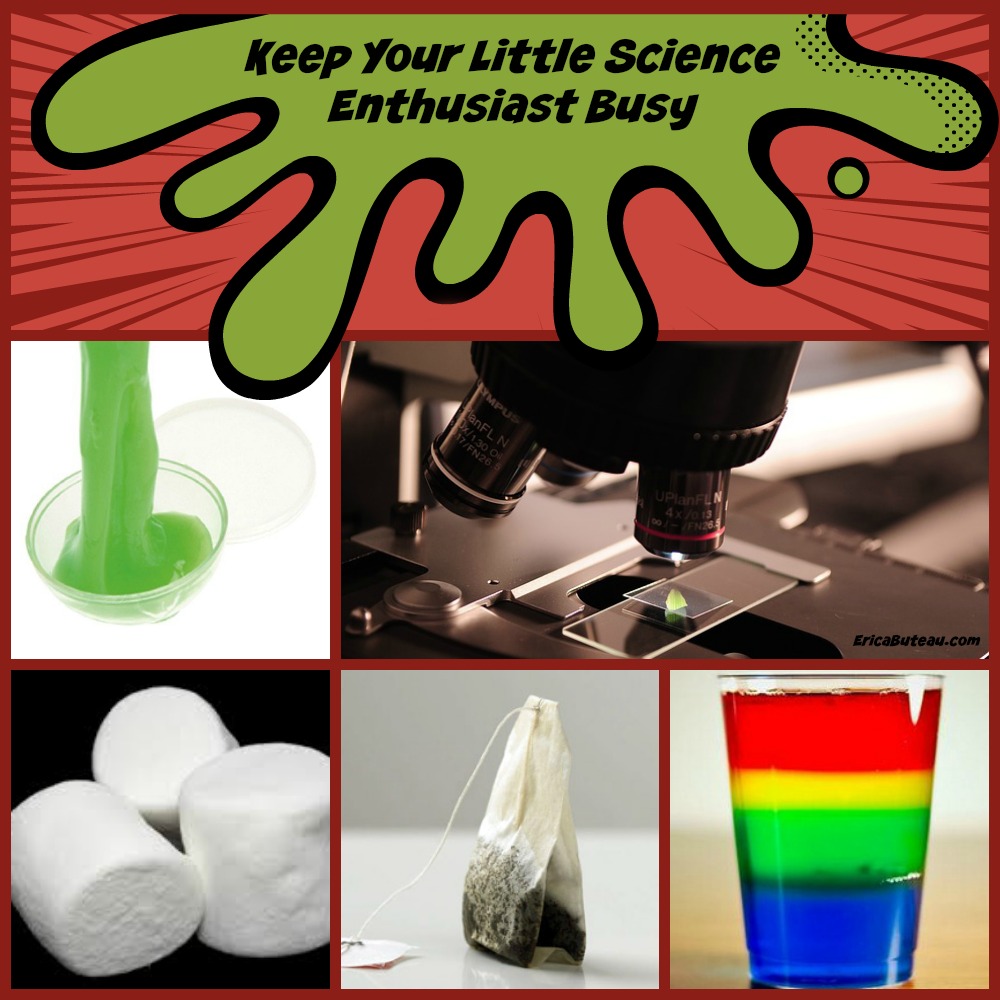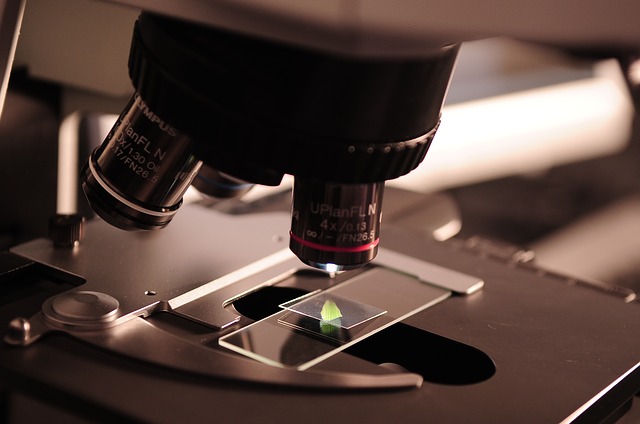
If you have a young child that is fascinated by chemical reactions, how things work, and life’s big mysteries, there are plenty of fun hands-on projects you can try at home to keep them busy. With a few simple household items and a little scientific spirit, you can enjoy some educational bonding time with your little science enthusiast—try these projects to get you started:
Tea Bag Rocket Experiment
This experiment explains the principles of convection currents to children in a clear, concise way. This simple activity requires parental supervision because it involves the use of a match or lighter. It demonstrates the scientific fact that hot air rises.
Procedure: Organize materials including an unused tea bag, and matches or a lighter.
Remove the staple from the tea bag and unfold it. Open it so that it stands alone upright on a solid surface. Light the top of the tea bag, wait a few seconds and it will shoot upwards like a rocket. When the burning tea bag is reduced to ashes. This demonstrates how the convection current works.
Make Fake Snot
Kids love this fun experiment because it sounds gross and disgusting. They learn about body mucous by making it. They can observe protein strands found in snot and their purpose in making it stretchable and sticky.
Procedure: Boiling water, 1 measuring cup, spoons, fork, corn syrup and gelatin.
In a measuring cup filled halfway with boiling water, add three teaspoons of gelatin. Stir with a fork until dissolved. Add one fourth cup of corn syrup stir again and watch for slimy, gunky strands that resembles snot. Although parents may gag at this experiment, the hands-on little learner will be fascinated.
Rainbow Glasses
This experiment is appropriate for kids in upper elementary grades because it requires some practice to perfect. It demonstrates the difference in density of different amounts of sugar in water.
Procedure: Materials include water, 5 clear parfait-type glasses, food coloring, and measuring spoons.
Number each glass with a strip of tape. Add one tablespoon of sugar to the glass marked #1, add two to the next glass, three to the third glass and four to the fourth glass. Stir to dissolve the sugar. Add red food coloring to the first glass, blue to the second, green to the third and yellow to the fourth. Use a fifth glass to pour about one fourth of each color into very slowly. Make each layer about the same width. Be careful to pour slowly to avoid mixing the colors. It is important to begin with glass #4 because it has the heaviest density. Ideas like this can be found at https://explorable.com/kids-science-projects
Life through a Microscope
Kids love to examine things at 100x their size, which makes microscope experiments perfect, even for young children. Simple, everyday objects take on a mysterious appearance when viewed through the lens on a microscope. Some of the most common objects kids like to look at include feathers, salt, sugar and flakes of their own skin.
Procedure: Materials include a small illuminated microscope and several everyday items found around the house.
Parents can make a fun game by attaching items to index cards and letting the child look at them through a microscope before guessing what they are. When working with young children, it is best to use specific microscopes for kids so that the equipment isn’t too big or bulky for them. You can find good equipment and microscope lights from Microscope.com.
The Unsinkable Marshmallow
Since children are always enticed by the promise of a treat, this project is sure to hold their attention. This experiment demonstrates how to sink an “unsinkable” marshmallow.
Procedure: Mini marshmallow, bowl of water and cornstarch are needed.
The child should drop a marshmallow into the water to see if it will float. Then sprinkle cornstarch on another one and mash it as flat as possible. Place it in the water to see if smashing it smaller will make it sink. This experiment demonstrates that a marshmallow will sink if it is denser than water and the smaller it is, the denser it is.
Because most science experiments and projects can be made using common household items, parents have a unique opportunity to influence a child’s understanding of simple science concepts that reinforce learning. Allow your child to explore their love for science as you embark on exciting projects together. It will keep their little hands busy, and provide a fun learning environment at home.
What are some of your favorite hands-on projects?



